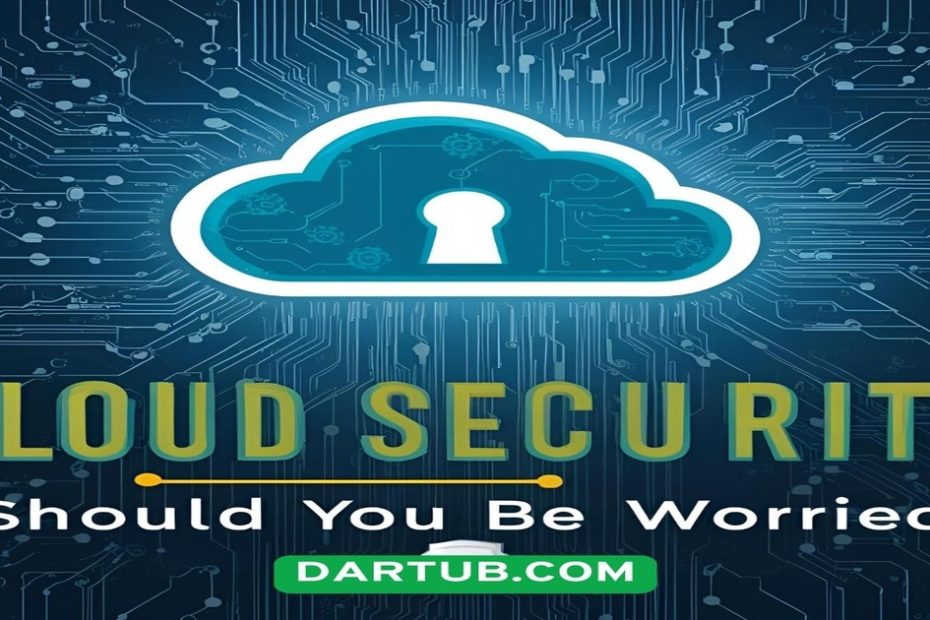Introduction
As Software-as-a-Service (SaaS) continues to dominate the digital ecosystem, businesses of all sizes increasingly rely on cloud-based platforms to run operations, store data, and manage client interactions. With convenience and scalability at the forefront, one critical concern remains: cloud security. Is your SaaS application truly secure in the cloud, or are you exposing your business to unseen threats? In this comprehensive guide, we break down the key components of SaaS cloud security, common vulnerabilities, best practices, and whether you should actually be worried in 2025.
What is Cloud Security in SaaS?
Cloud security in the SaaS context refers to the protocols, technologies, and practices designed to protect data, applications, and infrastructure involved in cloud computing. Unlike traditional software hosted on on-premises servers, SaaS solutions are delivered over the internet, making cloud security both more crucial and more complex.
Key Elements of SaaS Cloud Security:
- Data encryption (in transit and at rest)
- Access controls and identity management
- Secure APIs
- Compliance with data regulations (GDPR, HIPAA, SOC 2, etc.)
- Monitoring and incident response
Why Cloud Security Matters More Than Ever in 2025
In 2025, the global SaaS market is projected to exceed $800 billion. The explosion in adoption has brought with it a proportional increase in cyber threats. With more data stored in the cloud than ever before, hackers are evolving, targeting SaaS platforms as a lucrative attack vector.
Some key statistics:
- Over 70% of organizations suffered at least one SaaS-related breach in the past 18 months.
- Phishing and credential stuffing are among the most common attack methods.
- Misconfigured SaaS apps account for nearly 45% of all cloud-related vulnerabilities.
Top Cloud Security Risks in SaaS
1. Data Breaches
Sensitive information such as customer data, financial records, and proprietary company info can be exposed through breaches caused by poor security configurations or insider threats.
2. Account Hijacking
Weak passwords, password reuse, and lack of MFA (multi-factor authentication) can lead to unauthorized access and identity theft.
3. Insider Threats
Employees with elevated privileges can misuse access either maliciously or accidentally, causing data loss or leaks.
4. Insecure APIs
SaaS platforms often rely on APIs to integrate with third-party services. Poorly secured APIs can serve as backdoors for hackers.
5. Lack of Visibility and Control
In cloud environments, companies often struggle to maintain control over who accesses data and how it’s used, especially when using multiple SaaS applications.
Shared Responsibility Model in SaaS
One of the biggest misunderstandings in cloud security is who is responsible for what. In SaaS, cloud providers are responsible for the infrastructure, but users are responsible for data, user access, and configurations.
Provider’s Responsibilities:
- Physical data center security
- Server and network infrastructure
- Patching and maintaining cloud services
User’s Responsibilities:
- Data security and encryption
- Managing user access and identity
- Compliance with industry regulations
- Monitoring and configuration of SaaS tools
SaaS Security Best Practices
Implementing strong security practices can drastically reduce the likelihood of a data breach or cyberattack.
1. Enable Multi-Factor Authentication (MFA)
MFA adds an extra layer of security by requiring two or more verification methods. This is essential in preventing account takeovers.
2. Use Role-Based Access Control (RBAC)
Grant users only the permissions they need. RBAC limits potential damage from both insider threats and compromised accounts.
3. Encrypt All Data
Ensure data is encrypted both in transit and at rest. End-to-end encryption protects sensitive data from unauthorized access.
4. Regularly Audit Access Logs
Monitor user activity and conduct regular access audits to detect unusual patterns or unauthorized behavior.
5. Keep Software and Plugins Updated
Outdated SaaS applications and third-party integrations can become security liabilities. Automate updates where possible.
6. Employee Training and Awareness
Human error is a leading cause of security breaches. Regular training on phishing, password hygiene, and safe internet practices is essential.
7. Implement CASB (Cloud Access Security Broker)
A CASB provides visibility into cloud service usage and enforces security policies across SaaS platforms.
Compliance and Legal Considerations
Different industries have specific regulations regarding data storage and security. SaaS companies must ensure compliance with:
- GDPR: For handling EU customer data
- HIPAA: For health-related services
- SOC 2: For service providers managing customer data
- ISO 27001: International standard for information security
Failing to comply can lead to hefty fines, legal action, and loss of customer trust.
Choosing a Secure SaaS Provider
Before adopting a SaaS solution, evaluate the vendor’s security measures. Look for:
- Transparent security documentation
- Independent security certifications (SOC 2, ISO, etc.)
- Data residency options
- Incident response policies
- Uptime and disaster recovery commitments
Future Trends in SaaS Cloud Security
AI and Machine Learning
These technologies are increasingly used to detect anomalies, automate threat detection, and improve security posture.
Zero Trust Architecture
A model that assumes no user or system is trustworthy by default. It’s becoming a gold standard in cloud security.
Integration of Security in DevOps (DevSecOps)
Security is being integrated earlier in the software development lifecycle to reduce vulnerabilities before deployment.
Should You Be Worried?
Yes—and no. While the threat landscape is indeed expanding, so are the tools, practices, and frameworks to combat it. Businesses that proactively invest in SaaS security are significantly less likely to fall victim to attacks.
What’s critical is awareness. Understand the risks, implement best practices, and choose vendors with robust security frameworks.
Final Thoughts
Cloud-based SaaS applications have revolutionized how we do business—but they come with their own set of security responsibilities. In 2025, staying ahead in SaaS security means more than just trusting your provider; it means actively managing risk, training your team, and using advanced tools to protect your data.
By embracing a proactive approach, you can harness the full power of the cloud while safeguarding your most valuable assets.
